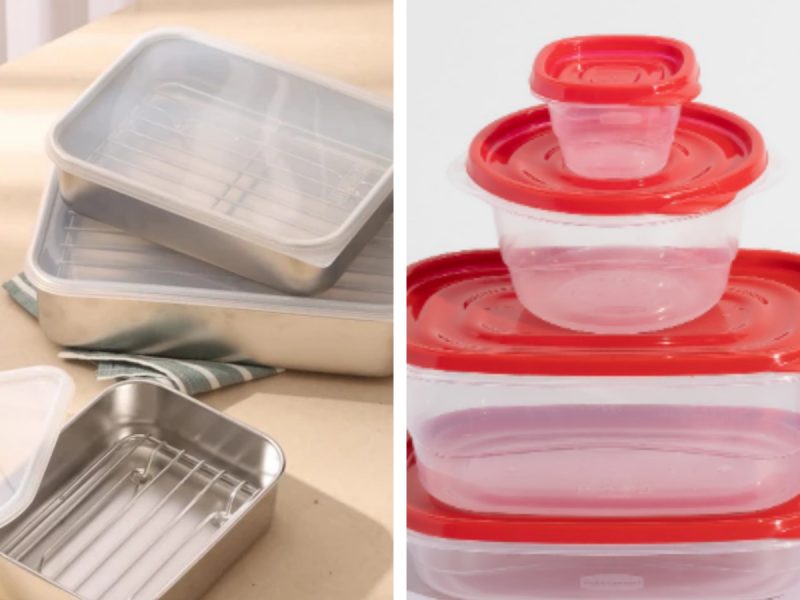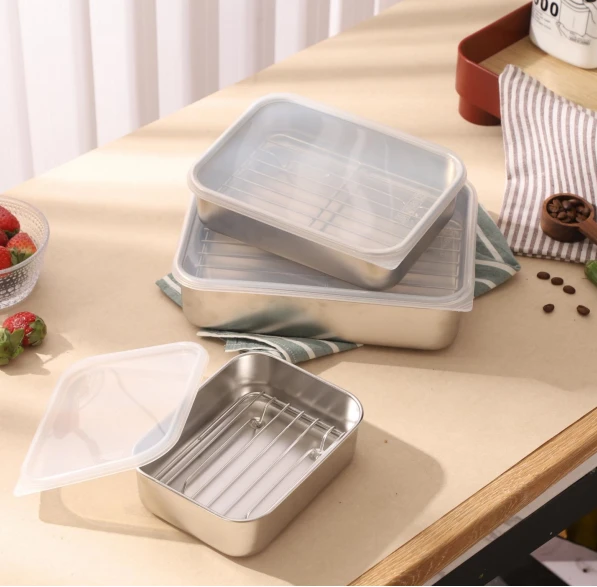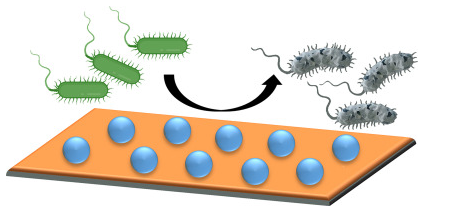
In our daily life, especially in food and beverage utensils, kitchen utensils, medical equipment, and other areas, wide usage is given to stainless steel and plastic. And with the continuous development of concern for health and environmental issues, the question about which material is healthier is of growing importance.
As a professional food container manufacturer, we are going to introduce in detail the hygienic properties of stainless steel and plastic, show how they will influence the growth of bacteria and how they are cleaned afterward.
Bacterial Growth on Surfaces
Generally speaking, most bacteria grow due to the influence of surface material.
According to most scientific research papers, it has become clear that most plastic surfaces show higher bacterial loads compared to most stainless steel surfaces. For instance, almost all plastic has higher porosity and roughness; hence, the bacteria like to hide behind such tiny gaps.
On the contrary, the surface of stainless steel is relatively smooth and not easy to attach bacteria to. Besides, stainless steel has strong corrosion resistance and does not easily cause small cracks due to wearing, which will further reduce the space that bacteria can breed in.

Why Stainless Steel is Considered a More Hygienic Material
Stainless steel is generally accepted as more hygienic, mostly for its antibacterial properties. Many of the surface treatments for stainless steel, such as bright or mirror polish, can actually dramatically reduce the likelihood of bacterial adhesion.
Some studies even suggest that there is an inhibition in the growth of bacteria by natural antibacterial properties in certain types of stainless steel surfaces. Besides, the high temperature resistance allows stainless steel to bear higher sterilization temperatures while plastics usually deform or release harmful substances because of high temperatures.

The Science Behind Stainless Steel’s Antimicrobial Properties
Properties of stainless steel that make it antimicrobial partly arise from the chemical composition and surface treatments of stainless steel. Most of the modern grades of stainless steel have high compositions of chromium and nickel, which form a protective oxide film on its surface, making attachment by bacteria and other microorganisms rather difficult. Furthermore, certain superior grades of stainless steel are further treated by processes like electropolishing in order to reduce the potential for bacterial growth.
Environmental Impact of Stainless Steel and Plastic
Apart from hygienic performance, environmental protection is another important factor in the selection of materials. Stainless steel is a kind of recyclable material with a long service life, which reduces the environmental burden caused by frequent replacement. Conversely, plastic is not only difficult to degrade but also has more impact on the environment during the production process. Therefore, in the selection of sanitary products, stainless steel will be more friendly to the environment.
